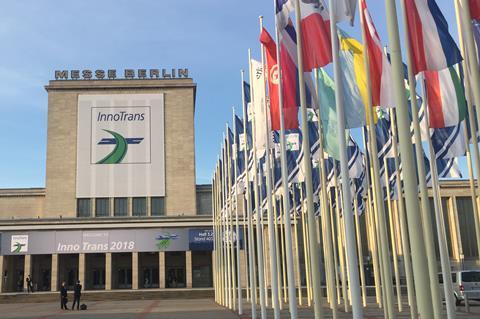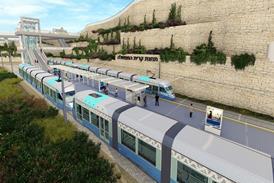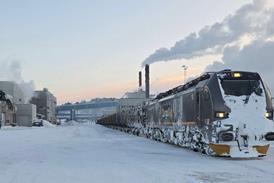
INNOTRANS: Modern trains are often fitted with complex air-conditioning systems to ensure optimal temperatures and ventilation. In the latest InnoTrans podcast, Dr Wolfgang Reuter, Chairman of heating and air-conditioning system manufacturer Konvekta, explains how smart technology can reduce energy consumption, minimise environmental footprints and improve the passenger experience.
According to Reuter, the need to reduce energy consumption is a major driver of change in air-conditioning systems. ‘Employing batteries to generate heat is inefficient, which is why heat pumps are increasingly being used. What is more, new technologies make it possible to use fuel cell-generated heat to regulate the temperature in passenger compartments.’
Urban transport vehicles, whose doors open and close at frequent intervals, place particularly strain on air-conditioning and heat pumps. Moreover, passenger comfort expectations are rising all the time. ‘On trains and buses the health and well-being of passengers is very important. To ensure that, we employ complex electronic temperature control systems which take numerous climate-relevant parameters into account.’
Air-conditioning systems can also do their bit towards achieving climate targets by using natural gases such as CO2 as a coolant. ‘It is non-flammable, cheap, thermodynamically efficient and has a lower environmental impact than chemical coolants’ says Reuter. ‘This year, Konvekta is bringing the world’s first CO2 heat pump for trams to market.’
Reuter is keen to emphasise that air-conditioning systems on public transport had a significant beneficial impact during the pandemic by maintaining good ventilation and low aerosol concentrations in passenger compartments. Sensors regulate the air quality depending on the number of passengers on board.
The podcast is available online from February 8 2022.
- Railway Gazette is the only official international media partner for InnoTrans 2022.
















